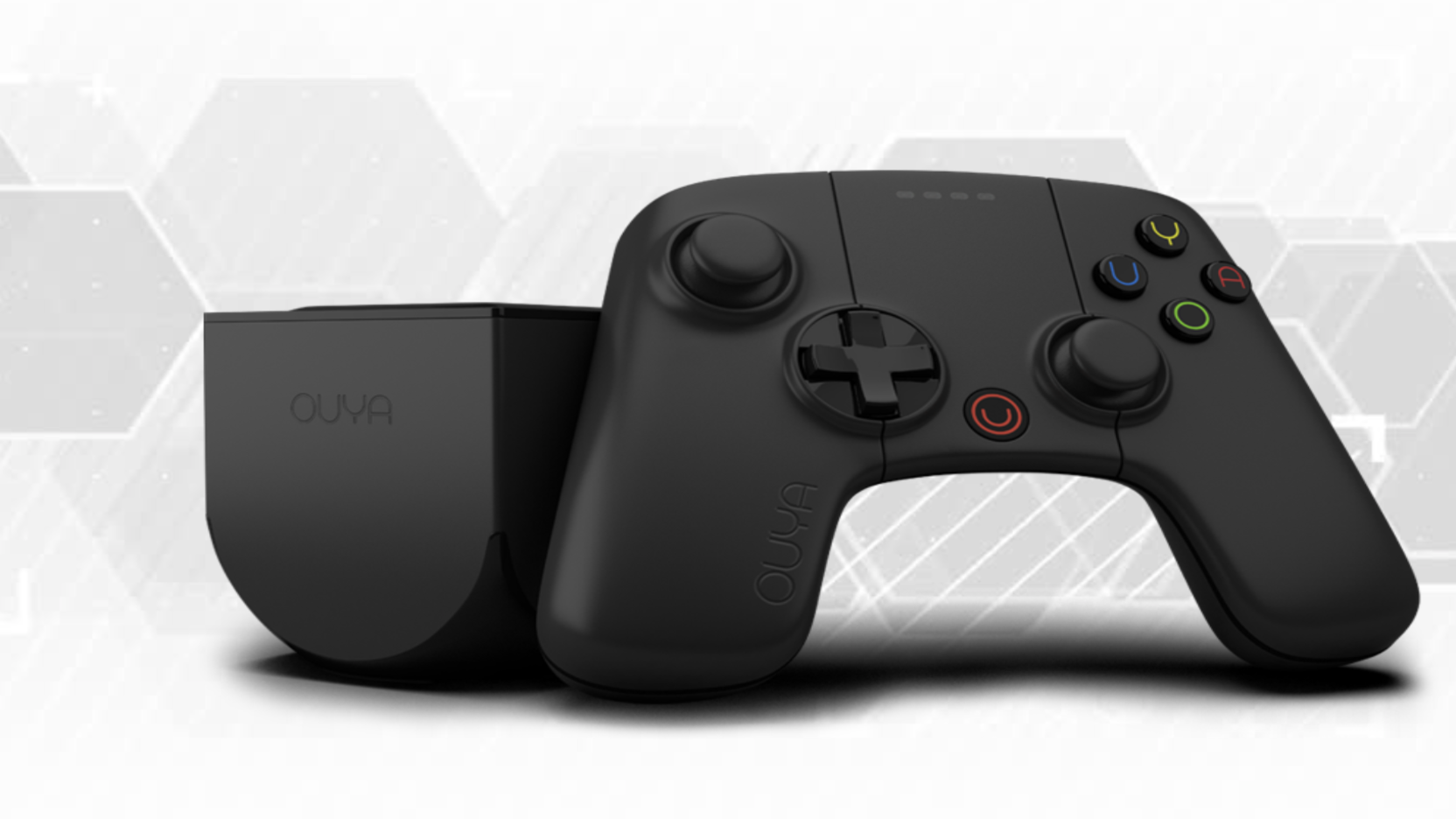We Need To Resurrect The Indie Console: Here’s Why
The industry has changed and hardware needs to catch up.

Earlier this month I was sucked into a spending pit familiar to many gamers. At least my foray into the world of building my own gaming PC was purely, at that point, hypothetical. I’m first and foremost a console gamer; to put it simply, I prefer buttons. In general, indie games do not inhabit this space. To be the first to play the latest independent offerings, a PC is what you need. And yet the quoted figure staring back at me reflected the cost of all the consoles I’d ever owned combined. As I realised that the PC I would afford couldn’t even run Minesweeper let alone Minecraft, I reminisced about the dream we’d been sold in September 2013.
Had it survived a rapid hype depreciation and a spiralling cycle of abandonment from hardware manufacturers, game developers, and consumers themselves, the Steam Machine and its proprietary operating system would have provided exactly what I needed. A pre-built, minimum spec PC designed to provide access to indie experiences without the need to shell out £600 for your own minimum spec creation.
Ouya had the idea, with its $99 Android-based machine of 2012. Unfortunately, creators lacked the fuel of a pre-existing ecosystem of alluring games. The console was predominantly mobile-based, essentially offering a version of Android gaming playable on the big screen with tactile controllers. In reality, the Ouya console was throttled by its own make-up. Efforts to utilise an install base to drive more prolific indie developers to the Android mobile scene, in turn providing more exclusive content for the console, were proven redundant. Touch-based interfaces and an on-the-go appeal served as the main impetus behind the popularity of mobile gaming, two required features unsupported by the Ouya console. So, for an indie-specific console to work, it must be integrated with existing ecosystems as well as the controls the games within that ecosystem support from the outset.

Again, we come back to the Steam Machine. A universal location for all the world’s indie experiences, Steam already has the confidence of developers and gamers alike. And yet, it failed. Perhaps we weren’t feeling the need for it yet, or if we were, perhaps the bigwigs at Valve didn’t see the benefit in investing in brand new hardware for its lowest-priced games. Whatever the reason for the Steam Machine’s downfall, we need to do something about the void the concept has left in access to indie games.
So what do we have? There’s the Nintendo Switch. Nintendo, the over-protective parents turned indie golden child, now cherry-pick new indie experiences to feature on their widely successful platform. Fledgling indie experiences are now free to sit side by side with the best and brightest of the independent industry on the Nintendo eShop, ready for all to witness and enjoy. Well, that’s once they get Nintendo’s seal of approval and port their experience over from its original PC source.
A developer can’t simply upload their game to the Nintendo eShop, or any console store. Digital PC storefronts already have the infrastructure in place to allow developers to easily publish their games directly to the hands of the people that will be playing them. While we are relying on indie systems utilising different storefronts, and the release delays that come along with those platforms, we will never be playing at the forefront of independent innovation.

So, if the digital distribution platforms themselves need to be the directory of our indie console, why did the Steam Machine fail? And why do we need something similar now?
Indie games were popular in 2012. Indie games are prolific now. With the increase in scope and development potential of independent titles in the last few years, the appetite of consumers for these titles has grown. iBuyPower were one of the first companies to send a finalised Steam Machine to Valve. In conversation with PC Gamer, marketing manager Michael Hoang expressed the difficulty of creating this platform for the 2012 gaming market;
“We started thinking… we’re actually creating a middle-tier niche for this at this point… you have your console, you have your PC gamers, we’re right in between. We’re right in the middle where no one can really claim which one this is. So now we’re creating a new demographic… so we have to do everything from the ground up at this point. And it was very, very hard to convince people, well, do I want to be a PC gamer? Do I want to stick with just one console? Or this new thing in the middle.”
That was the problem in 2012. The need wasn’t there yet. The demographic hadn’t been designed, and one was either a mouse clicker or a button masher. There was no middle, there were no grey areas. Now we have a resurgence in mid-size game studios, Triple-Is or Double-As, we have hybrid consoles, interactive Netflix shows, and mixed reality itself. Lines across the gaming industry have been blurred and new audiences have been created, and within all of this, appetite for indies is perhaps the most indicative of such growth.
This “new thing in the middle” is where the indie industry is at the moment, and we need a console that will reflect that and push our new demographic to new heights with a bit of care and attention.
